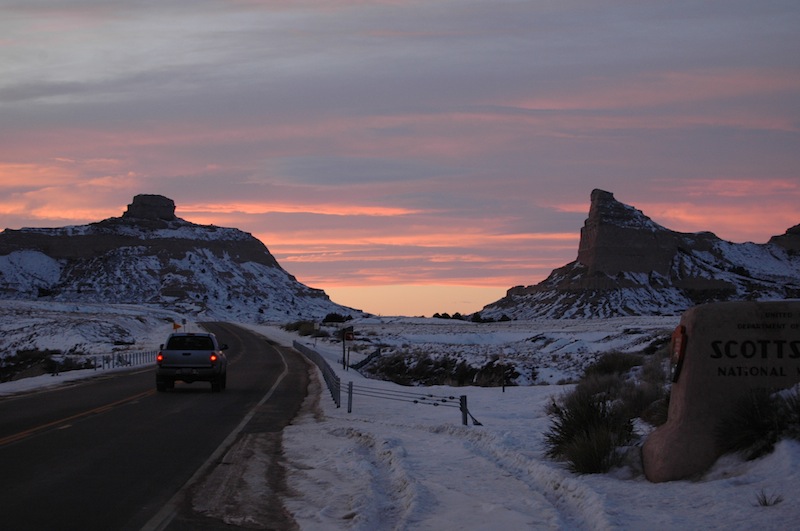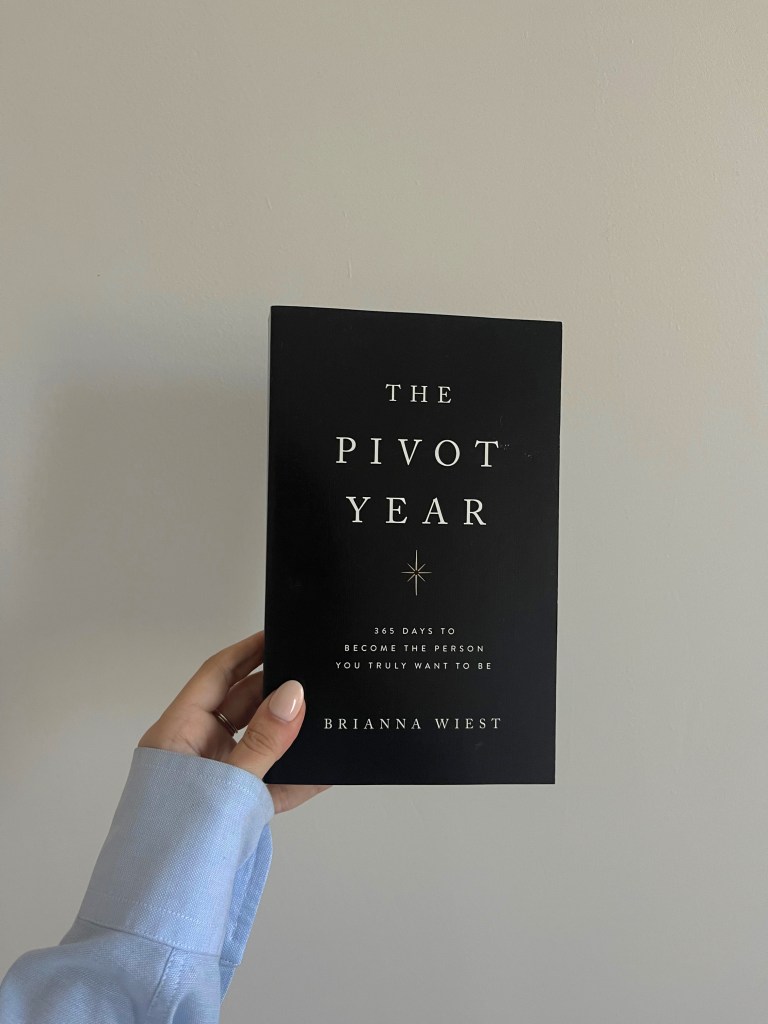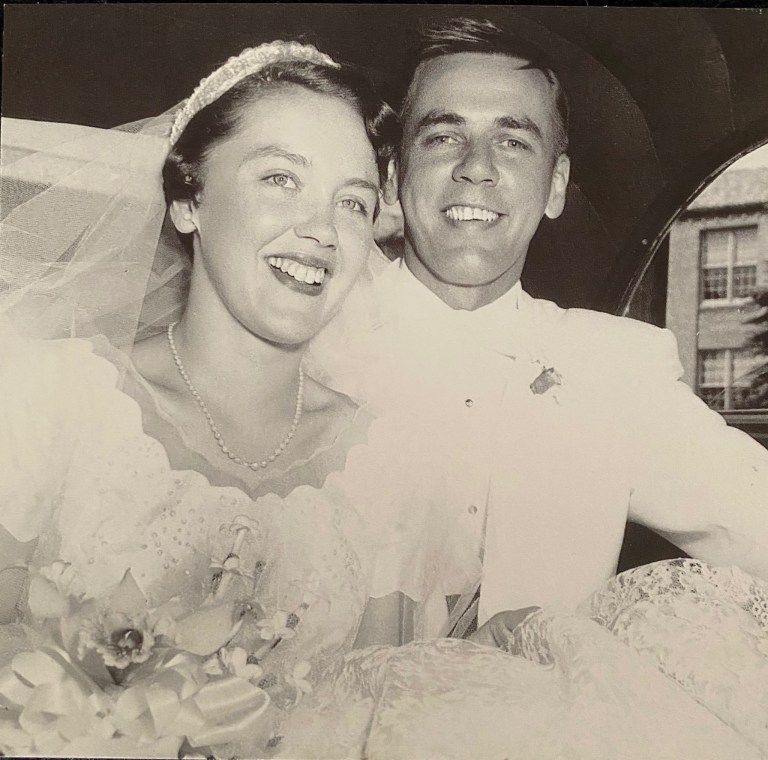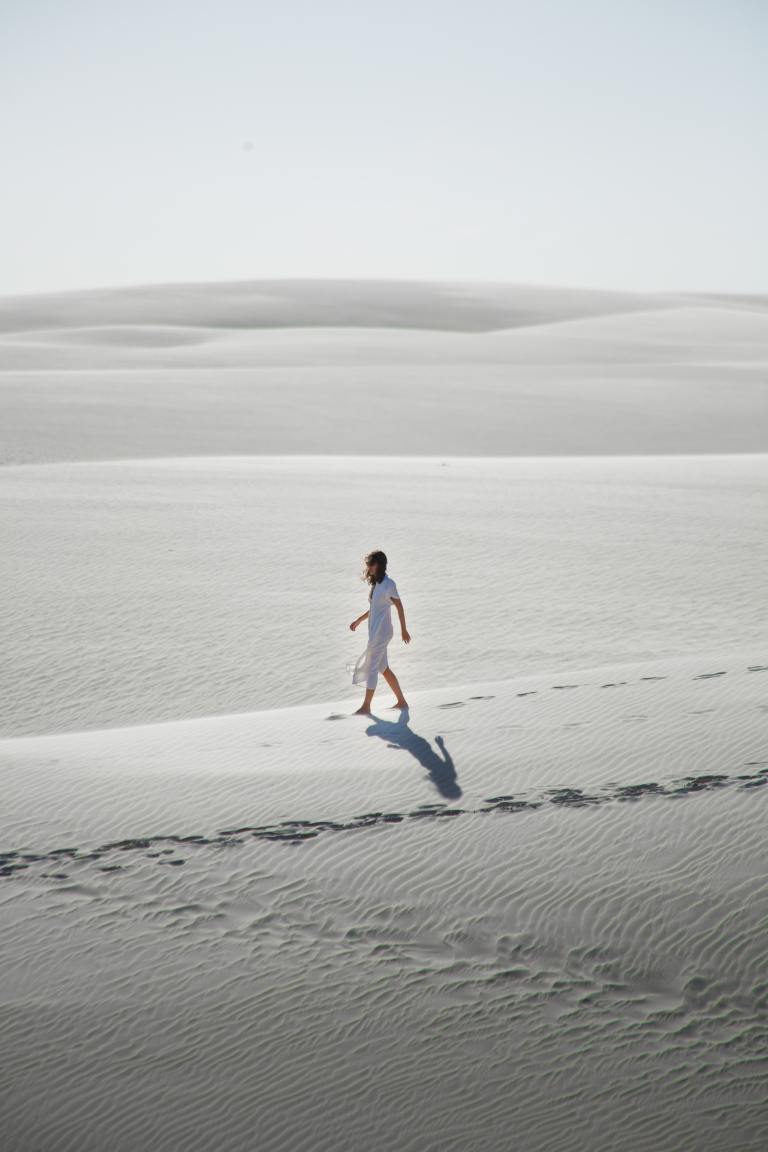Farm Life
My sister, brother and I grew up on 80 acres of flat, rich soil, in a climate so arid that it wouldn’t have been farmable if it had not been for the vast underground water source called the Ogallala Aquifer. Canal systems and man-made reservoirs help deliver water down from the Rocky Mountains.


People that don’t know very much about Nebraska usually say the same things when I tell them I was raised there.
“I drove through it once.”
“It’s really flat. And boring. And ugly.”
“The Cornhuskers, right?”
If they haven’t been through it via interstate 80 on a cross-country road trip they might have trouble telling me where it is even. I’ve had people tell me it’s part of the South. The Good Life state, particularly the western side, where I was raised, is semi-arid — a lot of farmland, but also a lot of pasture. To me, it still looks and feels more like the Old West than what the West has become now.
Yes, a lot of Nebraska is flat and uniform, but move through that and you’ll come to the area that was once known as the Great American Desert. It turns to pines, prairie, and sandstone bluffs. Coyotes and mountain lions in the hills. Horses and cattle on the rangeland. Hawks in the sky. It’s one of the last places Native Americans still lived as they once did, and where the last Indian wars were fought. It’s now considered part of the High Plains, within the Great Plains of the Midwestern region. To the south of my family’s farm are the Wildcat Hills — a range of bluffs, ridges, and canyons.
Chimney Rock, the other thing people might know about this area, is part of this region. Most days I can see it from our place. The Wildcats are similar to the mountains of eastern Wyoming. Nine miles to the west is the town of Scottsbluff, population some 14,000, named after a fur trader who died on a nearby bluff.

My great-grandfather left the Volga River Valley once for the United States in 1910 and after two homesick years went back to Russia. Finding Russia changed from when he left, and German men being drafted into the military, he left again for Winnipeg, Canada. After getting married in Stoughton, Saskatchewan, they moved to Milwaukee, Wisconsin and then to the Platte Valley of Nebraska to work in the sugar beet industry and having 13 kids. The kids spread out across the valley, most of them involved in agriculture in some form, had kids of their own, and many of them tried their hand at farming as well. Then came my generation.
My sister, brother and I grew up on 80 acres of flat, rich soil, in a climate so arid that it wouldn’t have been farmable if it had not been for the vast underground water source called the Ogallala Aquifer. Canal systems and man-made reservoirs help deliver water down from the Rocky Mountains. It seldom rains, but when it does we can watch the storms form and come over the edges of the valley, and at night the lightning sparks across the sky, splintering and webbing in white tendrils. When the crops are up and it hails the sound of it makes us all quiet. Much of the moisture comes in the big winter storms when it snows slowly over the course of a day, sometimes longer, and the corn stalks and hay fields become perfect for being pulled on a sled. The winter is the season for fixing machinery, shorter hours, and, for a lot of farmers, card playing. Then everything picks up again in the spring.

My family farmed the land next to the country school my siblings and I attended from kindergarten through 8th grade. At the most, my class size never exceeded seven kids. When we were old enough for it there were times we would go straight from school to a tractor waiting in the adjacent field. We farmed sugar beets, corn, Great Northern beans, wheat, and alfalfa — all of it irrigated.
My brother and I helped my dad do whatever work we were capable of doing. My sister helped with some of the farm work but my mom had a job in town so she was in charge of the house. The machines we were allowed to operate got bigger and more complicated the bigger and more complicated we got. The three of us formed the core of our operation. We would occasionally get help from hired men — guys who would be passing through and needed a little money to keep going. They would often ask for their pay at the end of the day, but if my Dad liked the way they worked, and wanted them to stay on for at least a little while, he would negotiate to pay them at the end of the week. Some came back when they drank up all their money, some of them took to the road.
The migrant laborers who came up from Mexico provided invaluable help. The work they did in the fields in near-100 degree heat was work that we couldn’t have done if we had wanted to, and we didn’t want to. We spent more than enough time in the sun. Entire days spent outdoors. From dawn until dusk, then at dusk my brother and I going in to eat fast, and back outside to ride ATVs or bikes or play basketball on the hoop bolted to the side of the barn. Most nights it wasn’t the dark that made us go in but the mosquitoes that came out when it cooled down. We kept cattle and, for a few years, sheep. I don’t remember the horses, really, but there are pictures of me when I was a little boy sitting on a bay mare, my hair almost white from the sun, the skin on my arms the color of dry soil, so there must have been a few around.

Our closest neighbor lived a quarter of a mile away. Down the road to the east the neighbors kept a kennel of dogs for hunting raccoons. We could hear them bay and howl on the warm nights. Our house was nine miles from Scottsbluff — where we went to high school. In the country, if you live a certain distance from your school you are allowed to drive directly to and from class on a school permit. We get cars when we are freshmen in high school. 14 years old driving 60 miles an hour down empty, two-lane asphalt. And we’re not really that nervous when we start driving to school. Most of us learned how to operate far more sophisticated machines much earlier.
I can tell you about days spent in tractors. About listening to gangster rap from South Central, L.A. while we irrigated alfalfa. About the way it felt to see the sun come up from a ditchbank and then see it go down again later that day from the same field. I can tell you what it felt like to live in a place the rest of America is happy to ignore. I can tell you I wanted to leave as soon as I saw the ocean for the first time. It took me a few years of living away from Nebraska to appreciate what we had growing up.
Since leaving the farm I’ve sat through my share of conversations with would-be back-to-the-landers, hobby farmer wannabes, romanticizing farm life. I usually don’t indulge them — I know how difficult the life of a farmer can be. How much luck and sweat and ingenuity and pure work goes into a successful harvest each year. No, it takes a much tougher man than me to want to battle the elements to earn a living.

Yet I wouldn’t change my upbringing for anything. Not for city life. Not for money. Not for a childhood of sports camps and swimming pools. A rural childhood is not without its fun. When we weren’t playing we were working. And when we working we were learning.

At the time, I didn’t like the work. I didn’t realize how much it was going to benefit me in the future. How much I learned by doing it myself. We learned to use our hands. To fix things. To take machinery apart and then put it back together. How to drive a combine. To weld. We learned how to survive off of the land if need be. That was growing up. I’m better off for it.![]()




